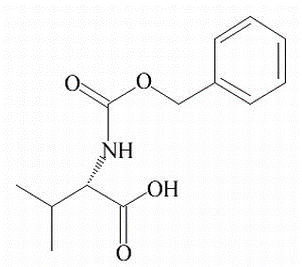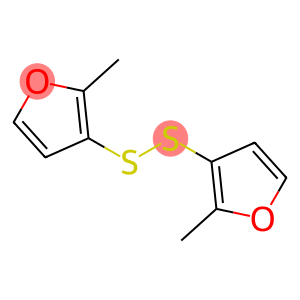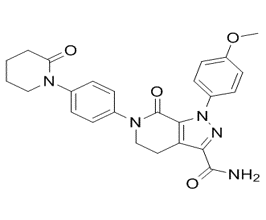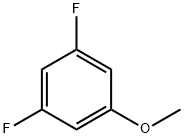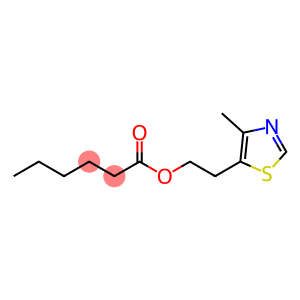2-[2-(Dimethylamino)ethoxy]ethanol(CAS# 1704-62-7)
Risk and Safety
| Hazard Symbols | Xn – Harmful |
| Risk Codes | R21 – Harmful in contact with skin R41 – Risk of serious damage to eyes |
| Safety Description | S26 – In case of contact with eyes, rinse immediately with plenty of water and seek medical advice. S36/37/39 – Wear suitable protective clothing, gloves and eye/face protection. |
| UN IDs | NA 1993 / PGIII |
| WGK Germany | 1 |
| RTECS | KK6825000 |
| HS Code | 29225090 |
2-[2-(Dimethylamino)ethoxy]ethanol(CAS# 1704-62-7) introduction
Dimethylaminoethoxyethanol. The following is an introduction to its properties, uses, manufacturing methods and safety information:
Quality:
- Appearance: Dimethylaminoethoxyethanol is a colorless to yellowish liquid.
- Solubility: It is soluble in water and most organic solvents.
Use:
- Chemical synthesis: Dimethylaminoethoxyethanol can be used as a reagent and intermediate in the field of organic synthesis for the preparation of other compounds.
- Surfactant: It is often used as a surfactant with good dispersion and emulsification, and can be used in coatings, adhesives and detergents.
Method:
- Dimethylaminoethoxyethanol is usually prepared by the reaction of dimethylamine and ethylene glycol with chloroacetic acid.
Safety Information:
- Dimethylaminoethoxyethanol may be irritating to the skin, eyes, and respiratory system, so take precautions when handling it.
- Avoid contact with oxidants, acids, and other reactive substances during use and storage to prevent chemical reactions.
- Wear appropriate protective equipment, such as protective eyewear, gloves, and respiratory protection, to ensure a well-ventilated operating environment.


![2-[2-(Dimethylamino)ethoxy]ethanol(CAS# 1704-62-7) Featured Image](https://www.xinchem.com/uploads/22Dimethylaminoethoxyethanol.png)
